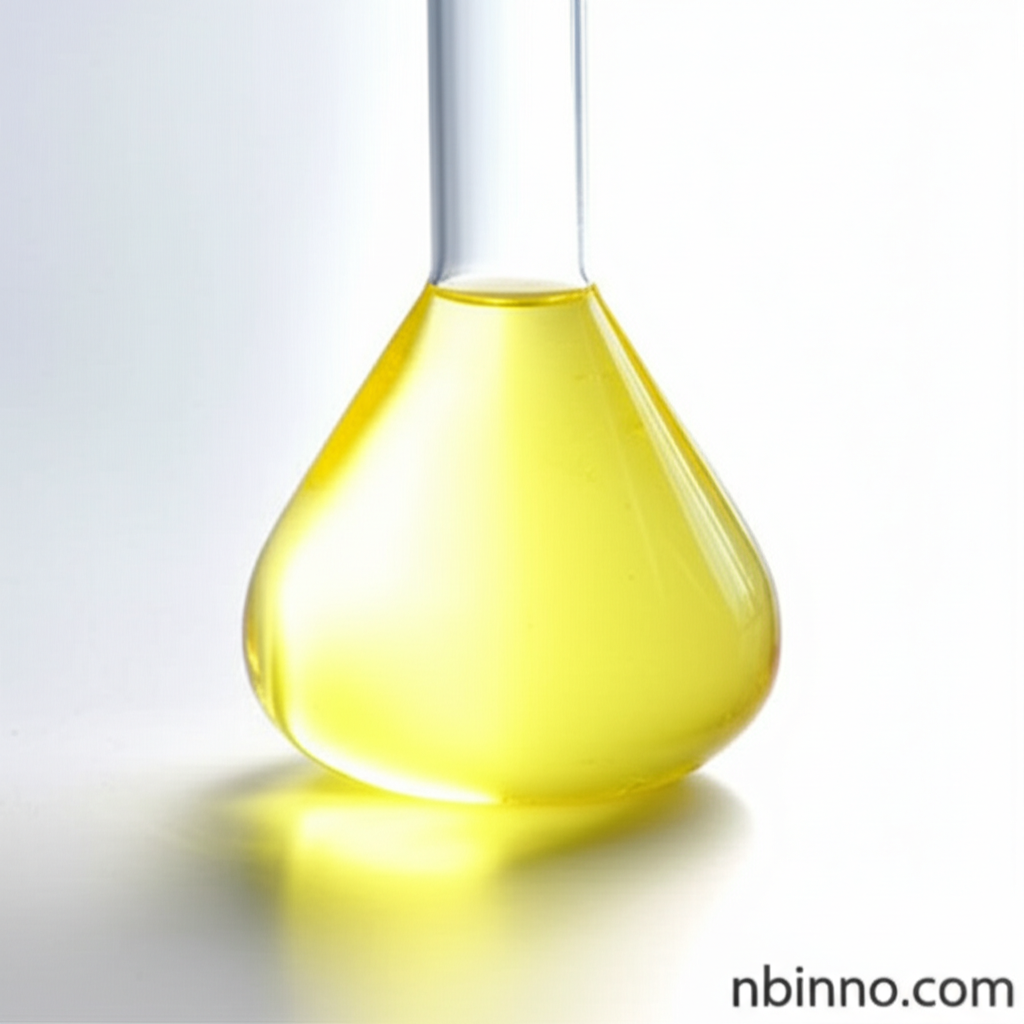2-Propylpentanoic Acid: Properties, Synthesis, and Applications in Organic Chemistry
Discover the versatile uses and synthesis pathways of this crucial organic compound.
Get a Quote & SampleProduct Core Value

2-Propylpentanoic Acid
2-Propylpentanoic acid (CAS 99-66-1) is a vital organic compound widely utilized in various chemical processes. Its significance lies in its role as a pharmaceutical intermediate, particularly in the synthesis of antiepileptic drugs like valproic acid. The compound is known for its distinct chemical properties and is typically synthesized through established organic chemistry routes.
- Explore the synthesis of valproic acid using the malonic ester method, a key application for this compound.
- Understand the chemical properties of 2-propylpentanoic acid, essential for its successful application in organic synthesis.
- Discover its role as a pharmaceutical intermediate, crucial for developing life-saving medications.
- Learn about the CAS number 99-66-1 and its importance in identifying this specific fine chemical.
Key Advantages
Versatile Synthesis Pathways
Leverage established organic synthesis routes like the malonic ester synthesis for efficient production of 2-propylpentanoic acid.
Critical Pharmaceutical Intermediate
Serve as a crucial building block in the development of pharmaceuticals, contributing to the production of antiepileptic drugs.
Broad Applicability
Utilize its unique chemical structure for a wide range of applications in fine chemical manufacturing and research.
Key Applications
Pharmaceutical Synthesis
As a pharmaceutical intermediate, 2-propylpentanoic acid is instrumental in the synthesis of active pharmaceutical ingredients (APIs), including those for epilepsy treatment.
Organic Synthesis
It serves as a valuable reagent in diverse organic synthesis pathways, enabling the creation of complex molecules and fine chemicals.
Chemical Research
Researchers utilize 2-propylpentanoic acid to explore new reaction mechanisms and develop novel chemical entities.
Fine Chemical Production
The compound is a key component in the broader fine chemical industry, contributing to the manufacturing of specialized chemical products.
